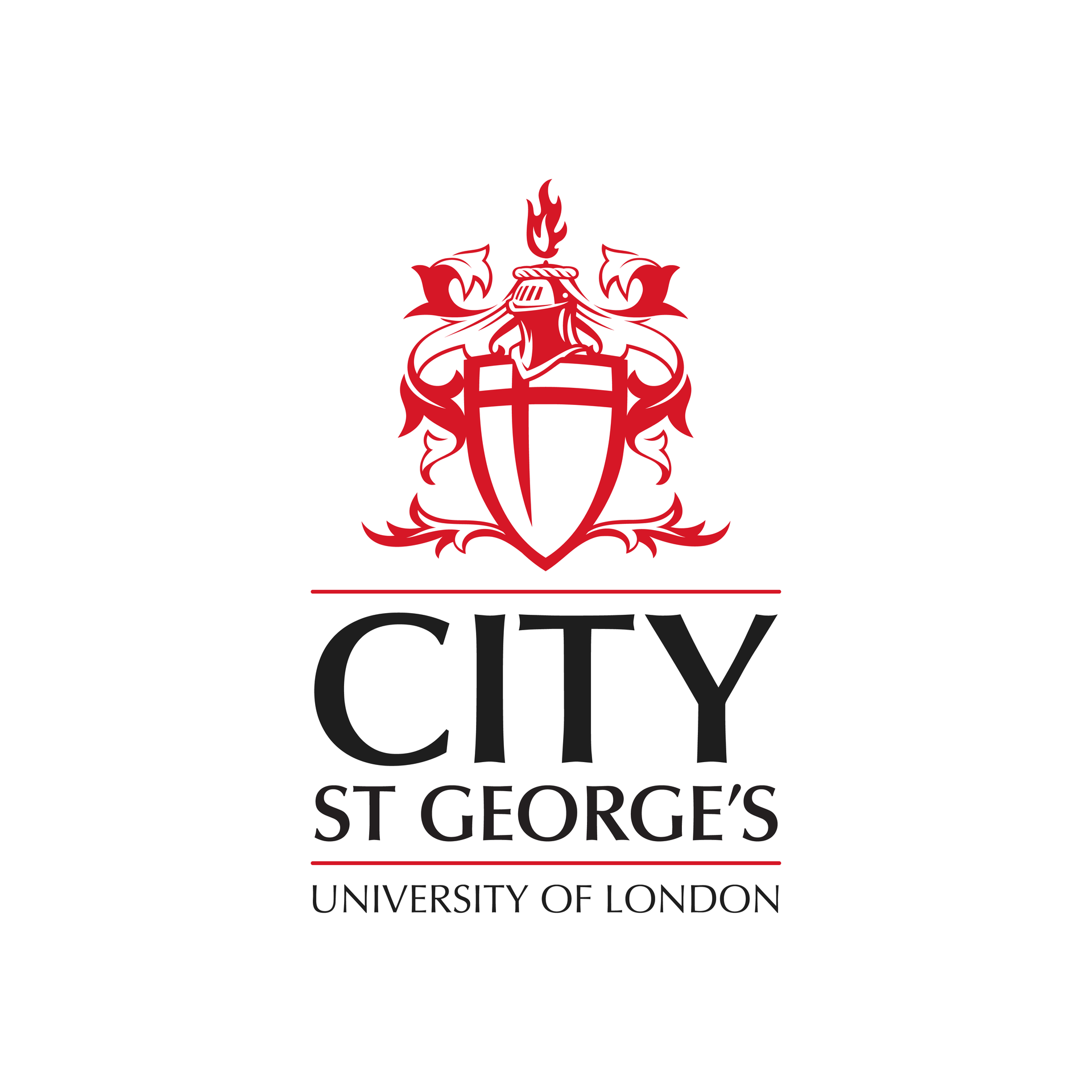
On this page you'll find detailed case studies of how sports teams have solved their problems in creative ways to enhance their performance. Hit the titles below to go to a case study which interests you.
BRITISH CYCLING
The British Cycling team had little success in major cycling competitions before 2002, when Sir Dave Brailsford became head of British Cycling. Under his leadership at the 2008 Beijing Olympics, the squad won seven gold medals in track cycling, which they then matched at the London Olympics in 2012.
This success was put down to Brailsford’s adoption of marginal gains theory. The theory that small, yet significant, improvements can lead to monumental results.
Brailsford “gambled that if the team broke down everything they could think of that goes into competing on a bike, and then improved each element by 1%, they would achieve a significant aggregated increase in performance.” - Eben Harrell

MENTAL WELLBEING
Team GB used the same mattresses and pillows before and during races, to help make sure that riders got a good night’s sleep.

FACILITIES
Team GB travelled in a state-of-the-art team bus, with individual reclining and deeply padded seats, toilet, a treatment/meeting room at the back and a very good sound system, all to make riders to be as comfortable as possible.
The GB cycling team painted the inside of the team truck white, which helped them spot little bits of dust that would normally slip by unnoticed, but could degrade the performance of the finely tuned bicycles.

WEATHER
All Team GB riders had a wet weather bag that’s stored in a team car during racing. If it started raining, it was easier for the staff to find and hand up the required kit.
Team GB spent a lot of time developing a specific grease for really bad weather conditions – a grease to which dirt doesn’t stick.

THE BIKE
Team GB standardised its saddle height measurements to ensure that all mechanics measured in the same way, and all rider’s bikes were set up correctly.
To achieve a small gain in competitiveness, the GB cycling team rubbed alcohol on the tyres to achieve better grip.
The team also redesigned the bicycle seats to make them more comfortable for the cyclists.

EQUIPMENT
Team GB sourced its equipment well by buying them far in advance and storing them, rather than risk not having them delivered in time.
They also developed colour coded water bottles, with coloured tops, to distinguish between different drinks and keep it simple.

CLOTHING
To achieve a small gain in competitiveness, the GB cycling team asked its riders to wear electrically heated over-shorts to maintain the ideal muscle temperature while riding.
The GB cycling team had their outdoor riders switch to indoor racing suits, which proved to be lighter and more aerodynamic.
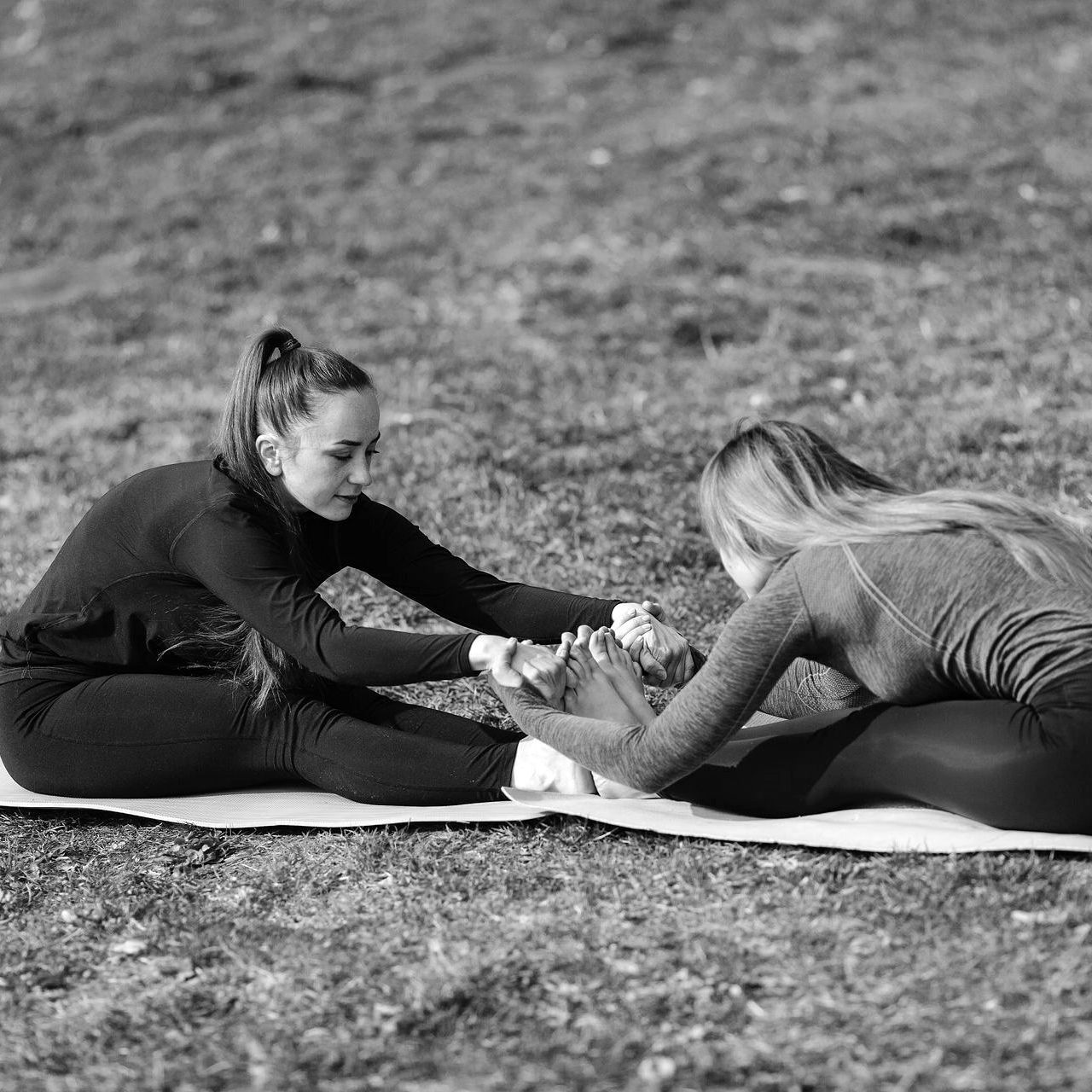
PERFORMANCE
Team GB brought in staff from outside cycling, some of whom were surprised that riders would race for several hours and then not cool down. A cool down trainer was introduced, to be used before riders spoke to the press.
The GB cycling team hired a surgeon to teach each rider the best way to wash their hands to reduce the chances of catching a cold.
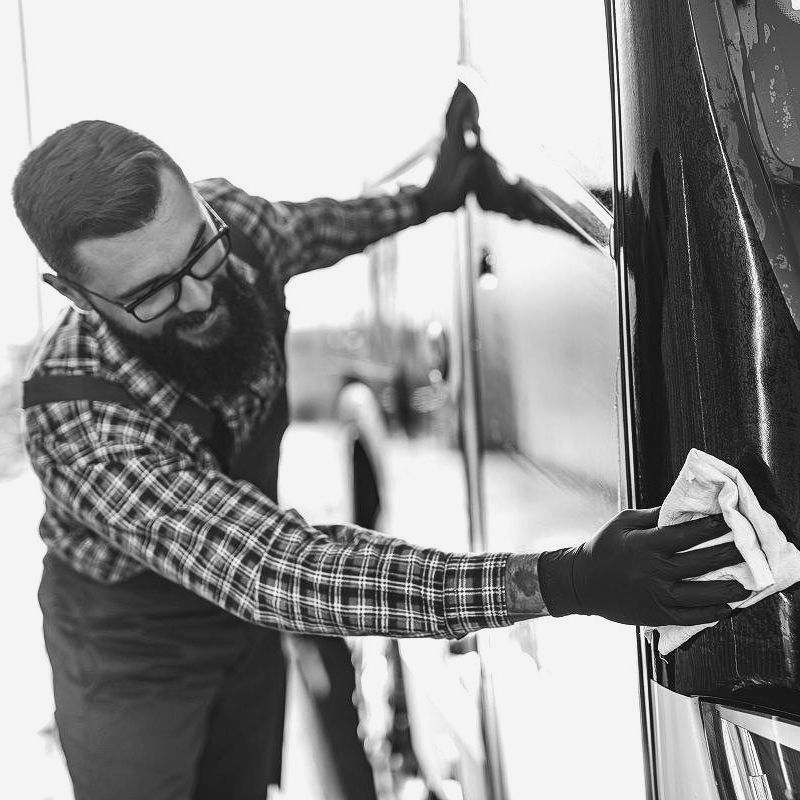
STATE-OF-THE-ART TECH
Team GB travelled with state-of-the-art mechanics’ trucks with advanced climate controls, to keep mechanics cool in summer and warm in winter, and the team feeling good.
The GB cycling team used biofeedback sensors to collect more complete data on rider performance in wind tunnels.

HOME ENVIRONMENT
Team GB constructed a purpose-built flat at their base where team staff could live and relax while working there.

RECOVERY
The GB cycling team tested different types of massage gels to see which one led to the fastest muscle recovery.
FORMULA ONE
Formula One teams innovate with entirely new products each year. They seek to learn from past mistakes, look for new opportunities, and have the flexibility to implement improved processes and solutions along the way.
A Formula One car is developed race by race. The team focuses on continuous improvement and solving problems more creatively. This is what drives the teams to achieve success. It is a relentless quest for the next competitive advantage.
F1 teams consider all areas, of people, process, and technology to continually examine, revise and implement changes to come up with creative alternatives.
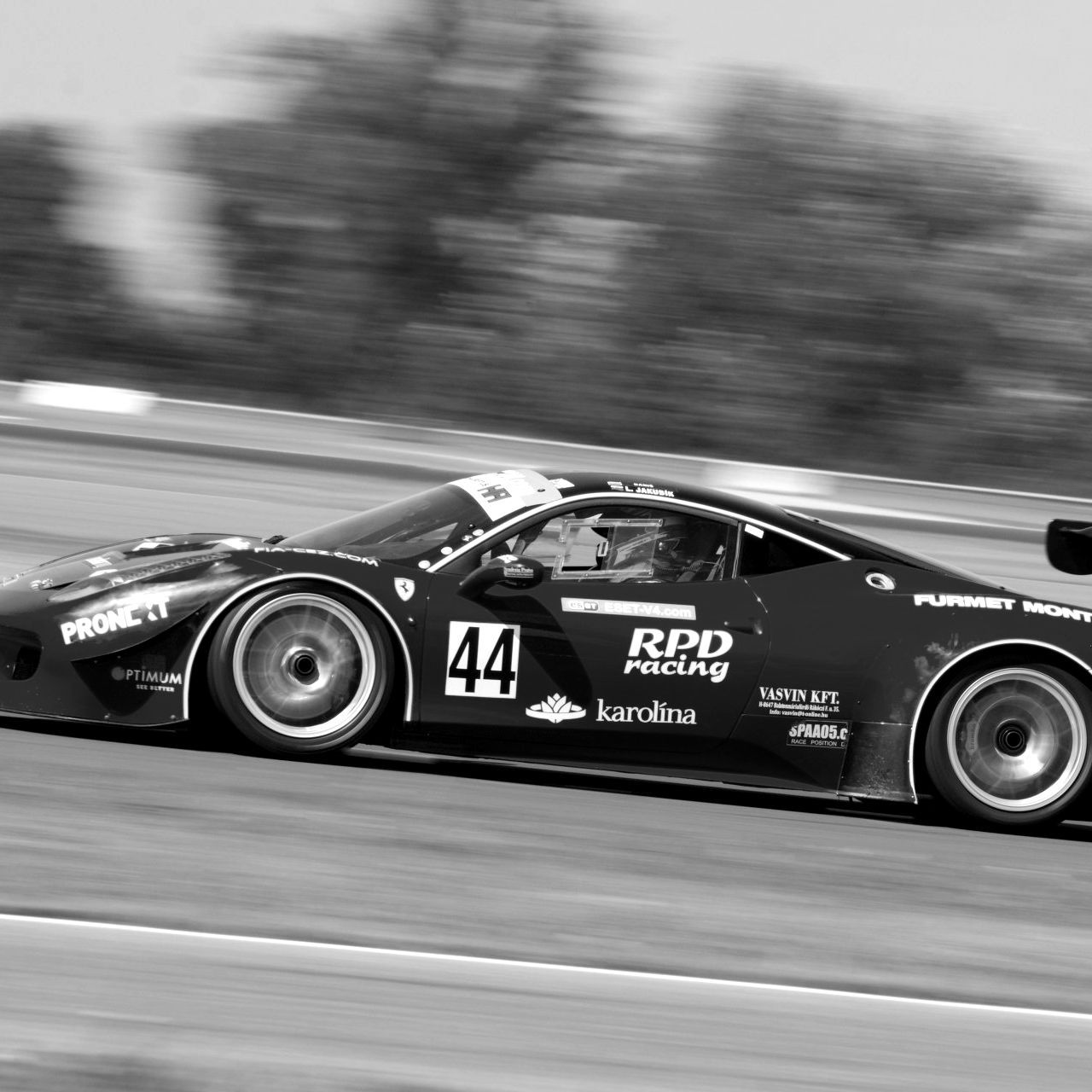
SAFETY MANAGEMENT
Motorsports governing body the FIA decided to 'innovate to zero' the likelihood of people losing their lives during a Formula One event.
The process to improve safety considered the technology within the cars and the race environment. This led to new circuit design that considers the certainty of accidents and sets out to mitigate the risks associated with them.

CAR RE-DESIGN
Adding wings onto the cars to generate 'downforce' harnessed the power of aerodynamics in a way that had not been done before. The wings operate like the wings on aircraft; pushing the cars into the ground as opposed to generating lift.

NEW BUSINESS
With major commercial sponsorship more difficult to secure, Formula One teams need to create a range of new revenue opportunities and develop more robust business models. Traditional sources of funding, such as commercial sponsorship, have come under threat.
Teams now apply their natural innovation culture to adjacent markets in aerospace, defence, and renewables.
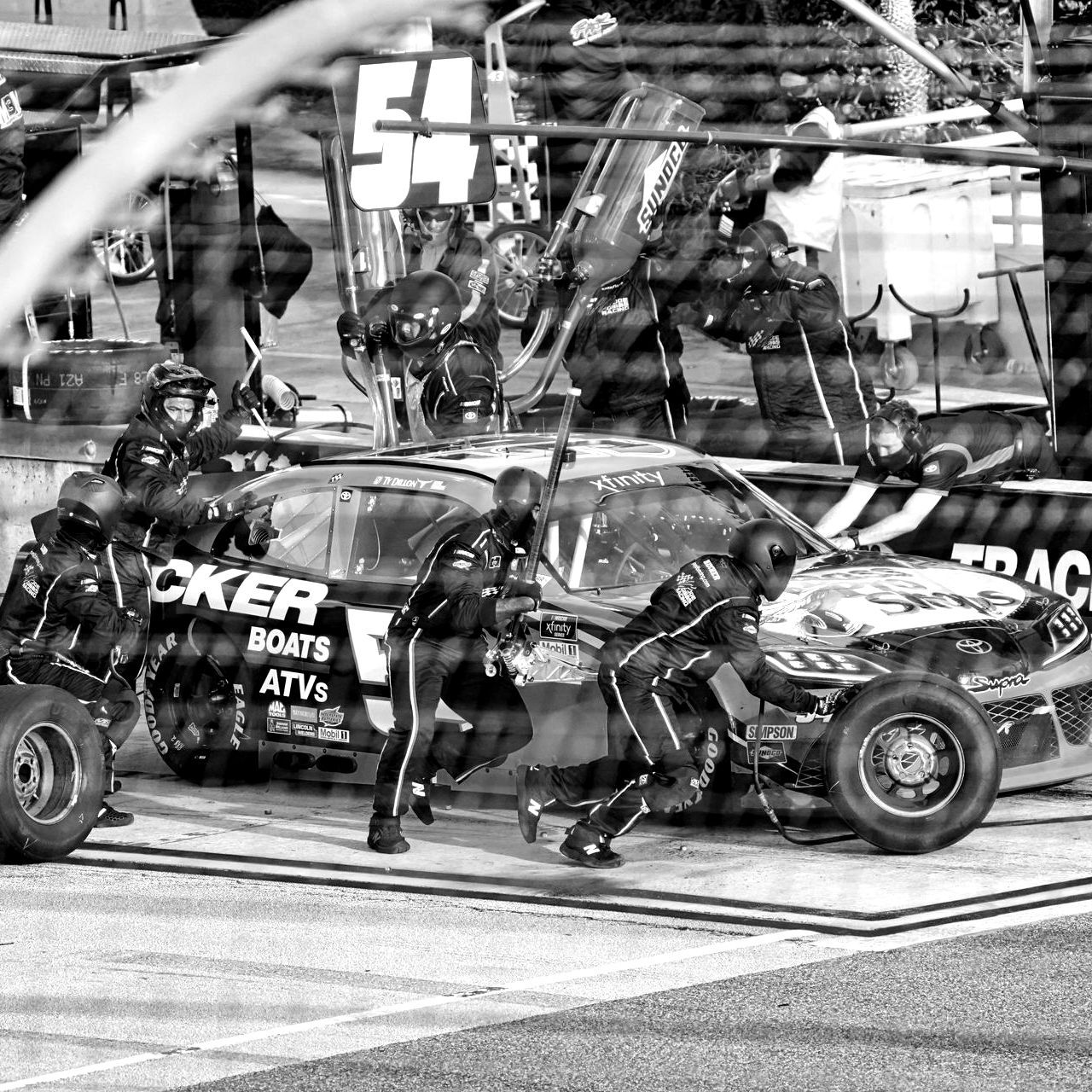
FASTER PIT STOP
The front jack person must stand in the pit lane and wait for the car to arrive at their feet. On completing the stop, they must disengage the jack from the car and then step out of the way to avoid being run over.
One innovative solution was to have the jack redesigned. Once the car has been jacked up, the operator moves out of the way by swivelling the handle. They can then use a quick-release trigger to drop the car on to the ground before the jack is pulled out of the way. This small change meant that the stop became faster whilst also reducing risk.
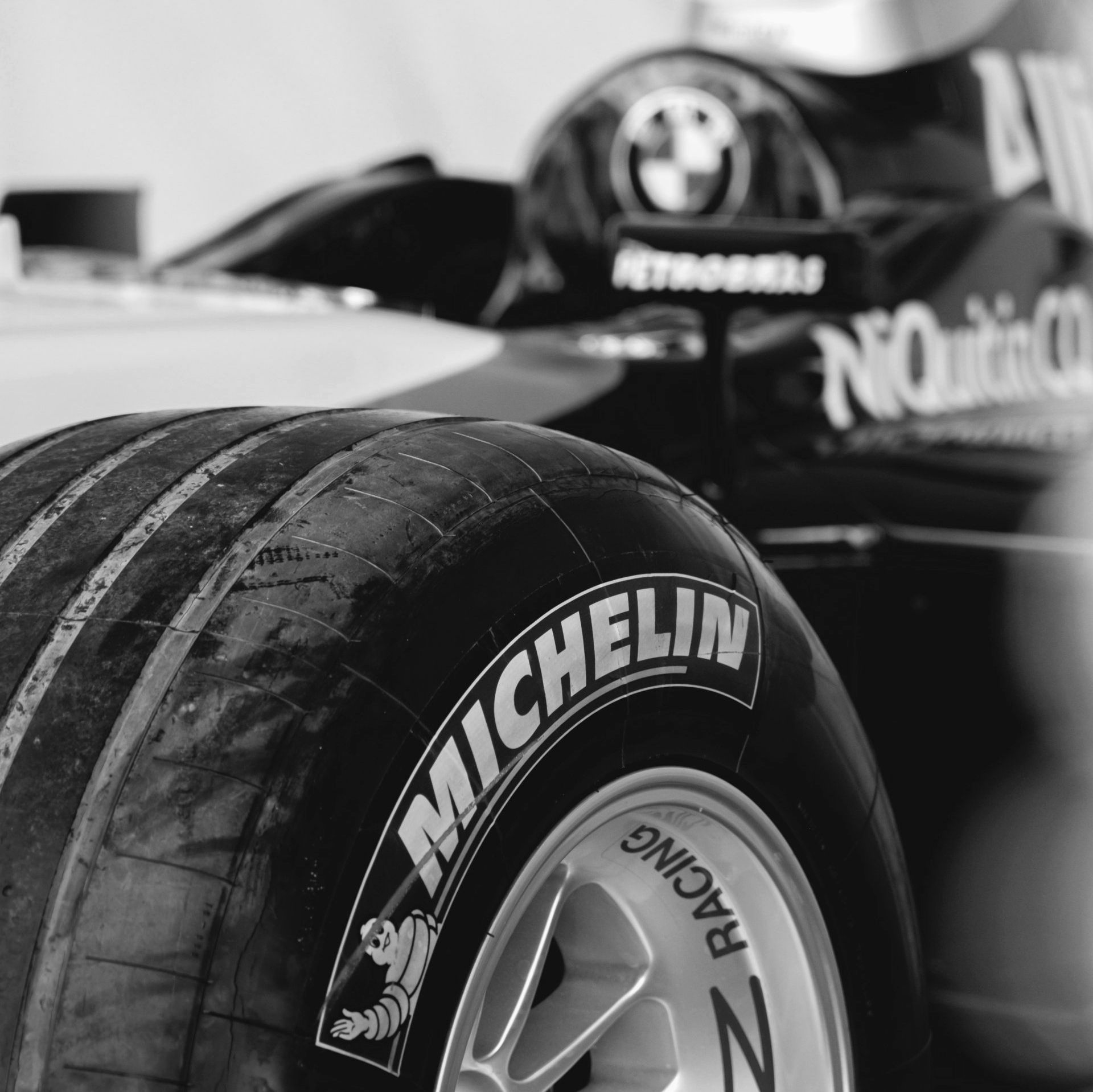
MARKETING & COMMUNICATIONS
New business marketing was vital to the success of Formula One as a whole. Changes to how the sport was marketed and advertised started with a focus on the entire sport in the 1970s and 1980s.
Formula One was redesigned and built into a ‘made-for-TV offering’. This would attract many sponsors and car manufacturers, which resulted in a raft of internal changes to meet the goals of attracting, sustaining, and developing new, and continuing, customers.
COACHING YOUNG PEOPLE
It is well documented, and accepted, that there is a positive association between physical activity and mental wellbeing. Keeping active is good for young people's physical and individual development.
Coaches can play a role in the enjoyment young people get out of physical activity. They can seek new opportunities and creative solutions to engage young people. For example, the Children’s Coaching Collaborative’s (CCC) aim is to improve the provision of sport and physical activity for children and young people:
“Coaching which makes enjoyment a priority can help foster long-term participation.” - UK Coaching
The CCC have collectively developed creative approaches to coaching children and young people, as you can see by our case study below.
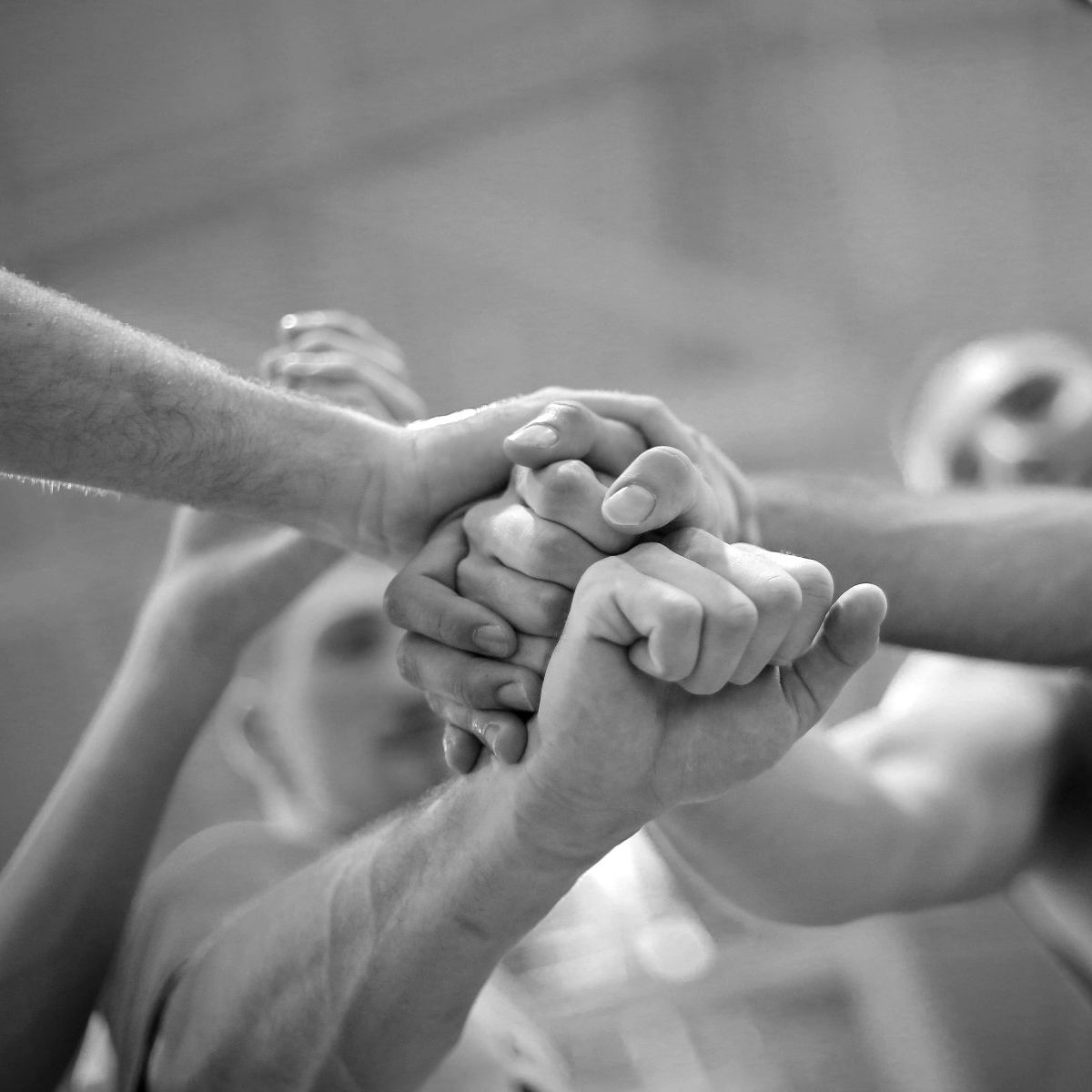
CHILDREN’S RIGHTS
The CCC created a manifesto that emphasises children’s rights across coaching programmes.
Focusing on what matters to children in a coaching environment empowers them to shape their own experiences and encourages sustained activity. Fundamentals of fun, freedom and belonging act as key to their enjoyment in sport.
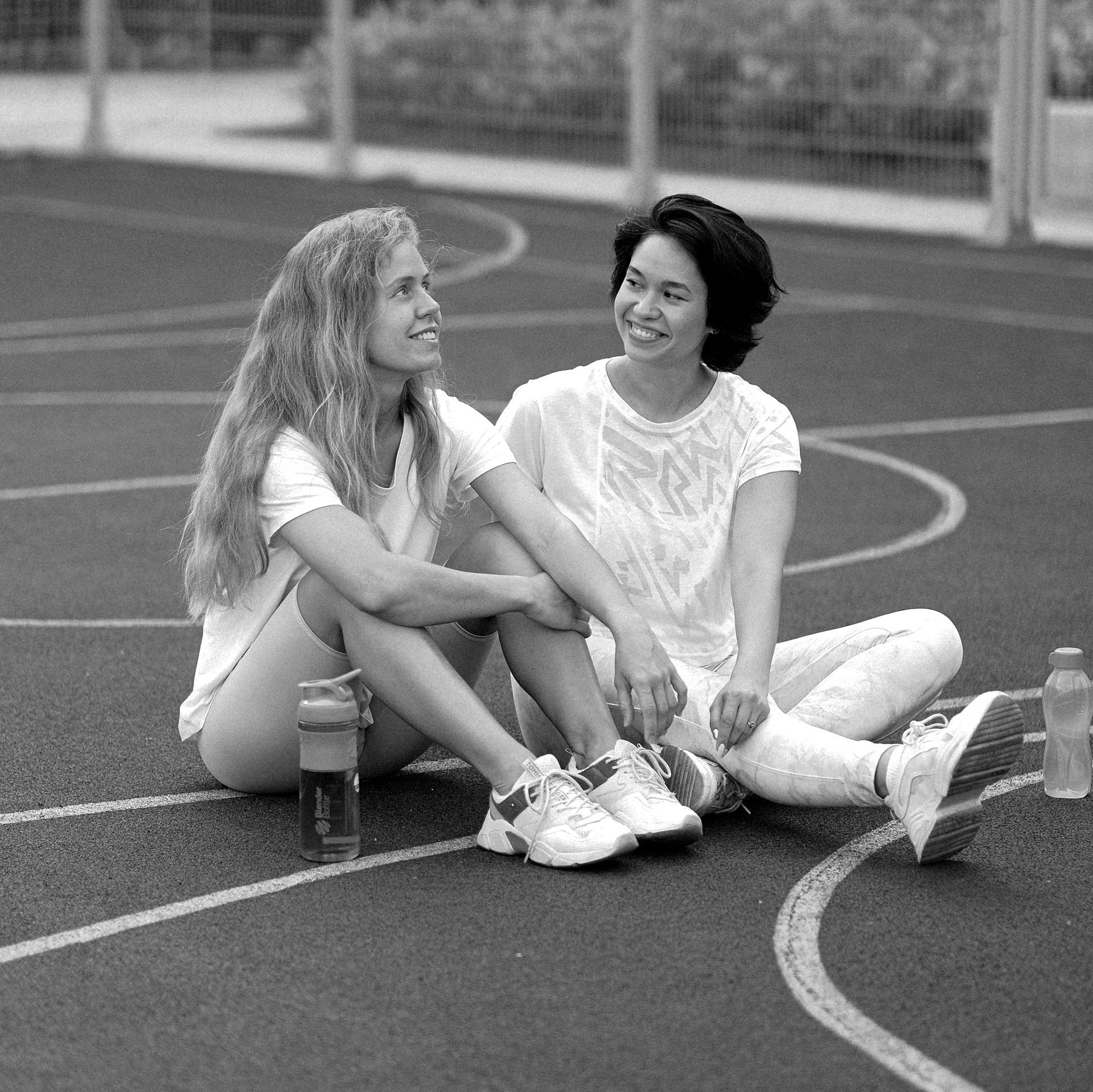
CHILD UP COACHING
A focus from coach down to ‘Child Up’ coaching means moving from one-size fits all to encouraging coaches to collaborate with young people to develop goals and sessions.
This also centres on the voice of the child and young person, so that they ‘should be seen, heard and valued in the coaching environment.’
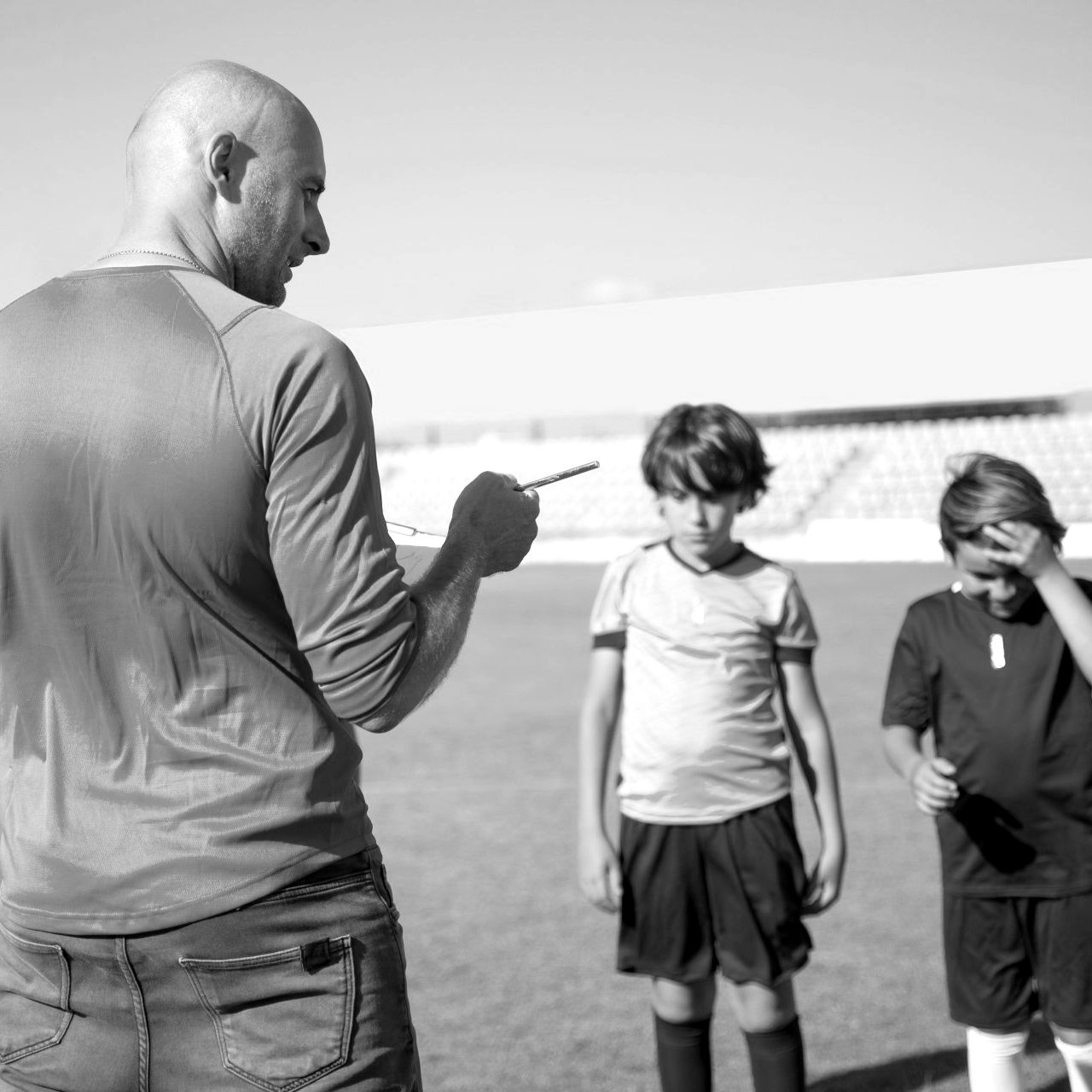
PERSONAL ENGAGEMENT
An equal chance for young people to develop through sport.
Engagement through a player-led and games-based approach that fosters participation. The coach fosters close relationships with everyone - inclusivity and pro-social behaviours are emphasised.
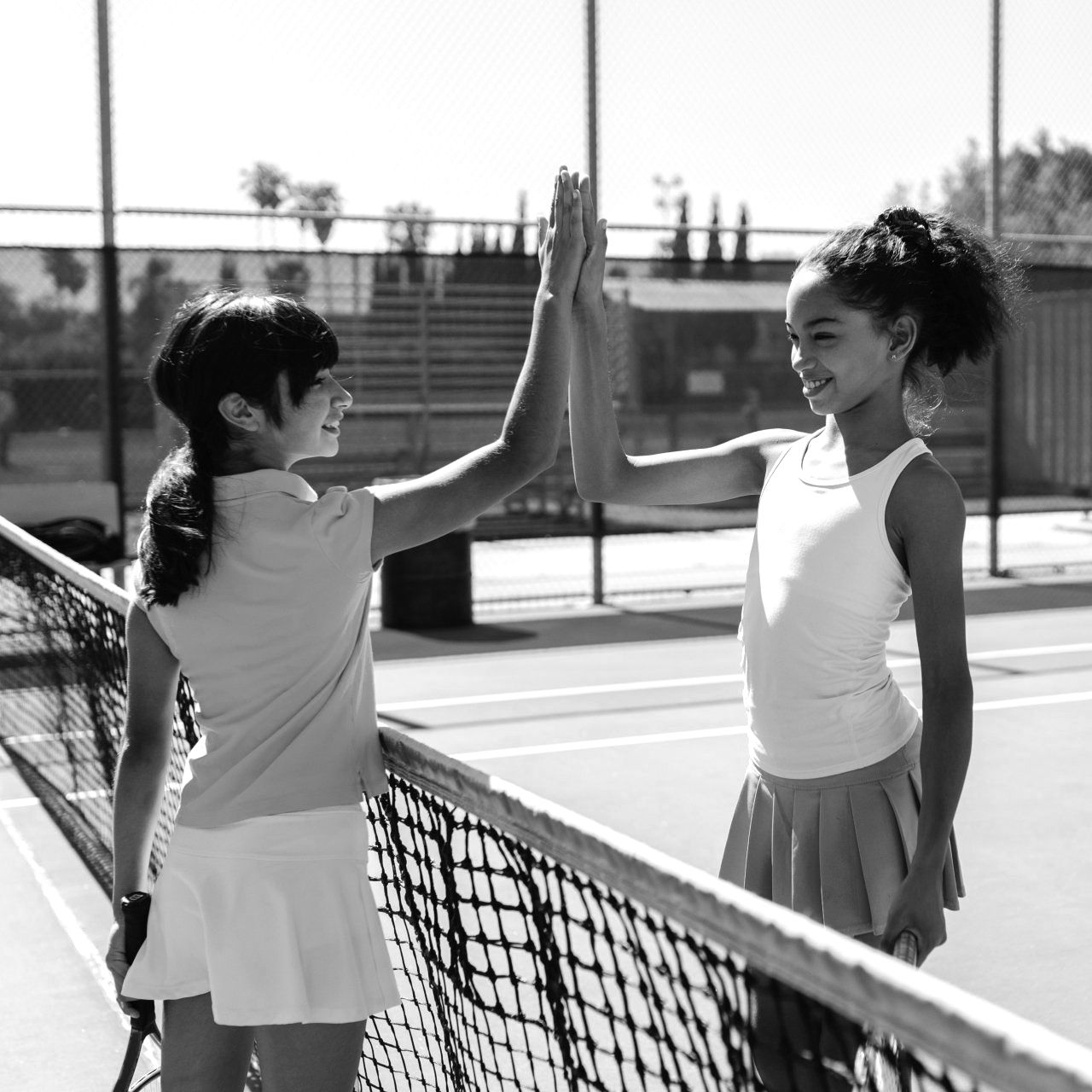
SCIENCE BACKED PLAYBOOK
Child-first support coaches increase fun and freedom by giving young people an equal amount of playing time. Both skilled and less skilled players get the same opportunity to engage in play.
Coaches focus on building a strong social connection across skill levels, developing quality relationships where young people encourage each other.
FOOTBALL
In 2013, FA Director of Football Development, Sir Trevor Brooking, highlighted creativity as key to future successes and development in football: "Developing more creative coaches and players is central to our vision for the future of the English game."
Creativity in football involves using a combination of imagination and technical ability to exploit the weaknesses of the opposition and create scoring opportunities. Tactical creativity in particular is needed as defences are becoming more sophisticated and harder to break down. Tactical creativity involves using strategic and technical skills on the field to create novel solutions when faced with challenges during a match.
Research has shown that we need three different capabilities for creative outcomes:
- Task motivation to solve the challenge (wanting to solve the challenge).
- Domain specific skills to do the work e.g. coaching skills.
- Creativity knowledge and how to apply it – the ability to use creative thinking techniques.
The third capability is key to approaching problems from different angles and coming up with creative solutions. The case study below looks at examples inspired by Ludvig Johan Torp Rasmussen, Vlad Petre Glăveanu & Lars Domino Østergaard (2020).

GAME OBSERVATION ANALYSIS
Coaches can collect information about football opponents by studying the individual and group tactical behaviour patterns of a team. Using this analysis in coaching, a team can employ a novel formation or set piece to catch their opponents off guard.
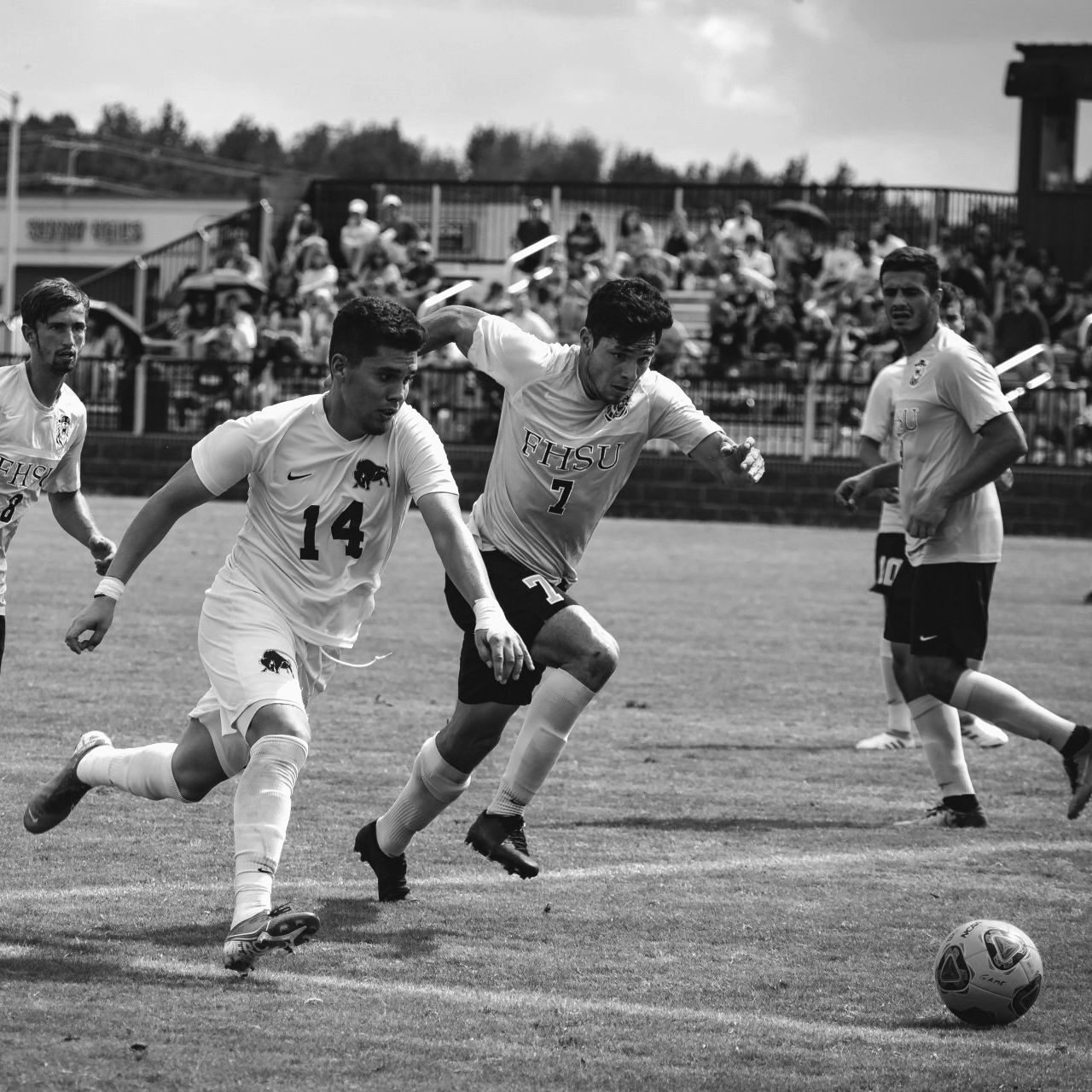
OPEN-ENDED GAMES
Coaches encourage open-ended games with freedom of choice, they praise outstanding and surprising solutions, and allow mistakes. This approach encourages players to take risks, to help players discover and allow creative solutions in the process.
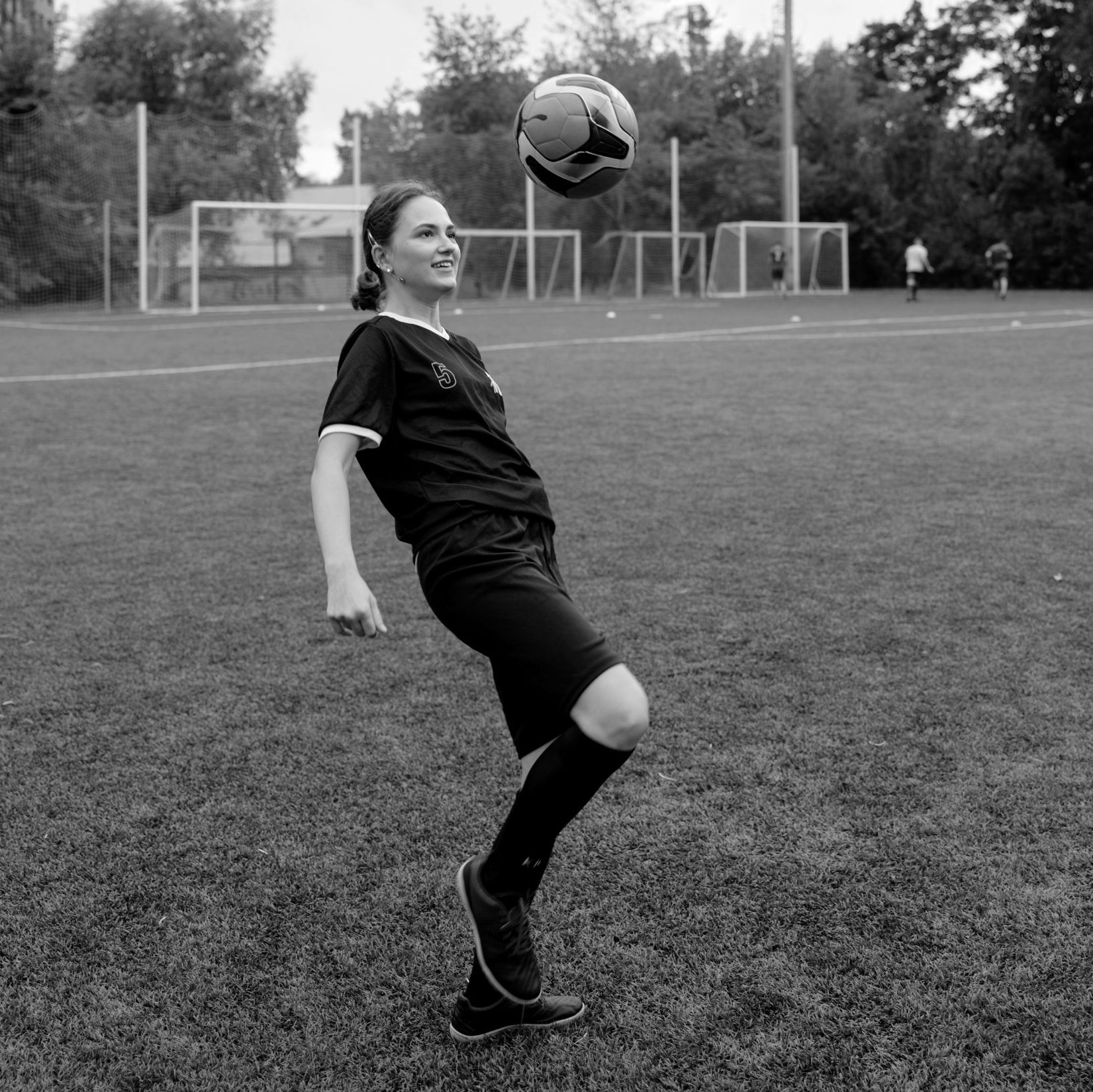
NEW WAYS TO TRAIN
Coaches inspire self-practice and devise tasks where the players attempt to develop new ideas, e.g. combining existing technical skills. The explorative process is enjoyable and playful. Coaches do not offer any solutions, so players try all kinds of things to find out what the situation requires.

ACTIONS THAT DECEIVE
Coaches teach the players how to hide their intentions and practice situations where the aim is to deceive the opponent. They focus on disorienting, tricky, and unpredictable solutions and movements that go beyond in-game expectations.


